
Turkish hammams are experiencing a resurgence in Istanbul, becoming favorites among both tourists and locals seeking to reconnect with their traditions, experts on Turkish bathhouses tell Anadolu Agency.
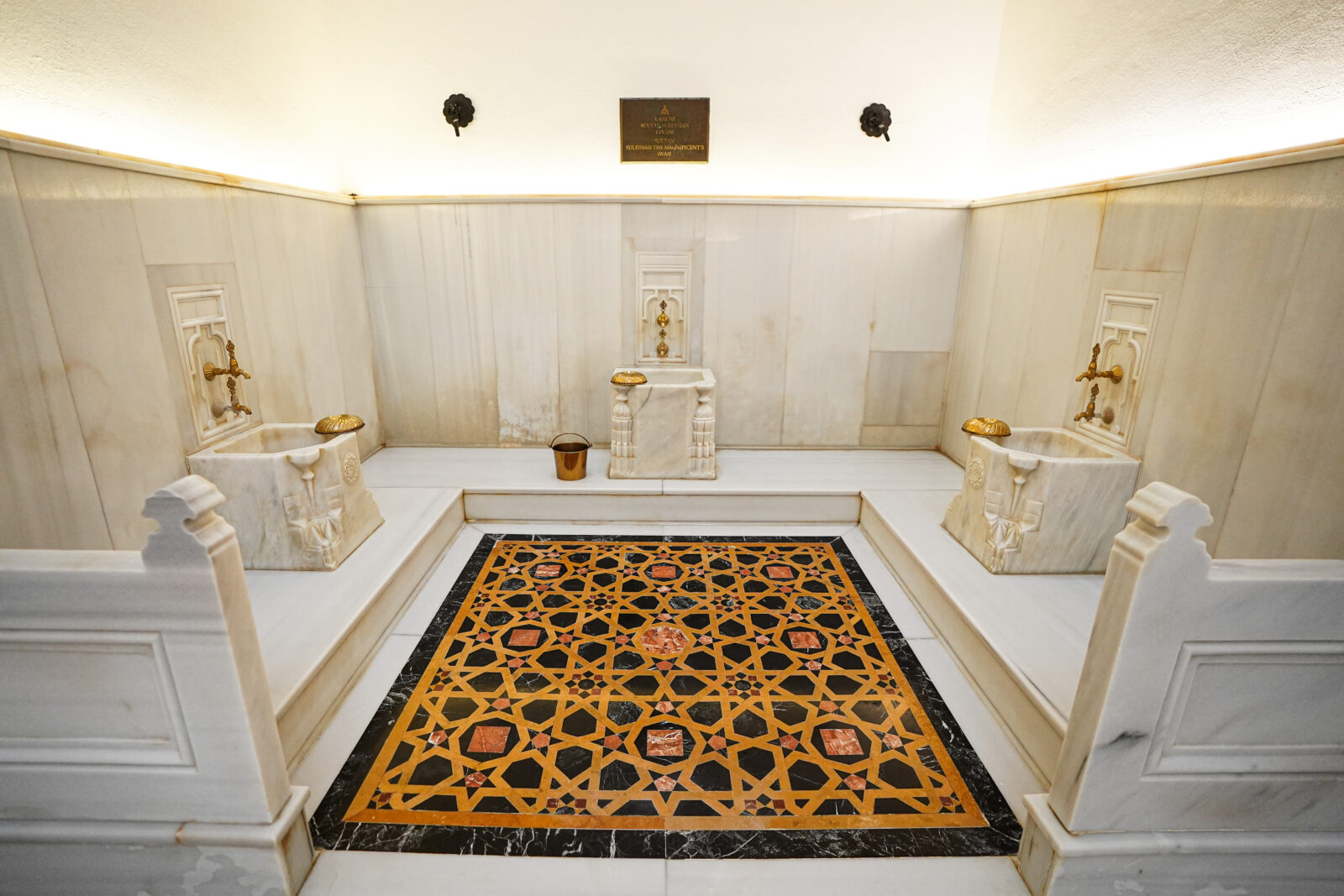
“The last 15 years or so, I see that there’s a huge uprise again, especially among young people,” says Istanbul-based hammam expert and guide Elizabet Kurumlu. This revival is largely attributed to the reintroduction of traditional henna parties, which have sparked cultural interest.
“Young girls want to have henna parties, which is like our bridal party in Türkiye,” Kurumlu explains, highlighting a significant shift in social traditions.
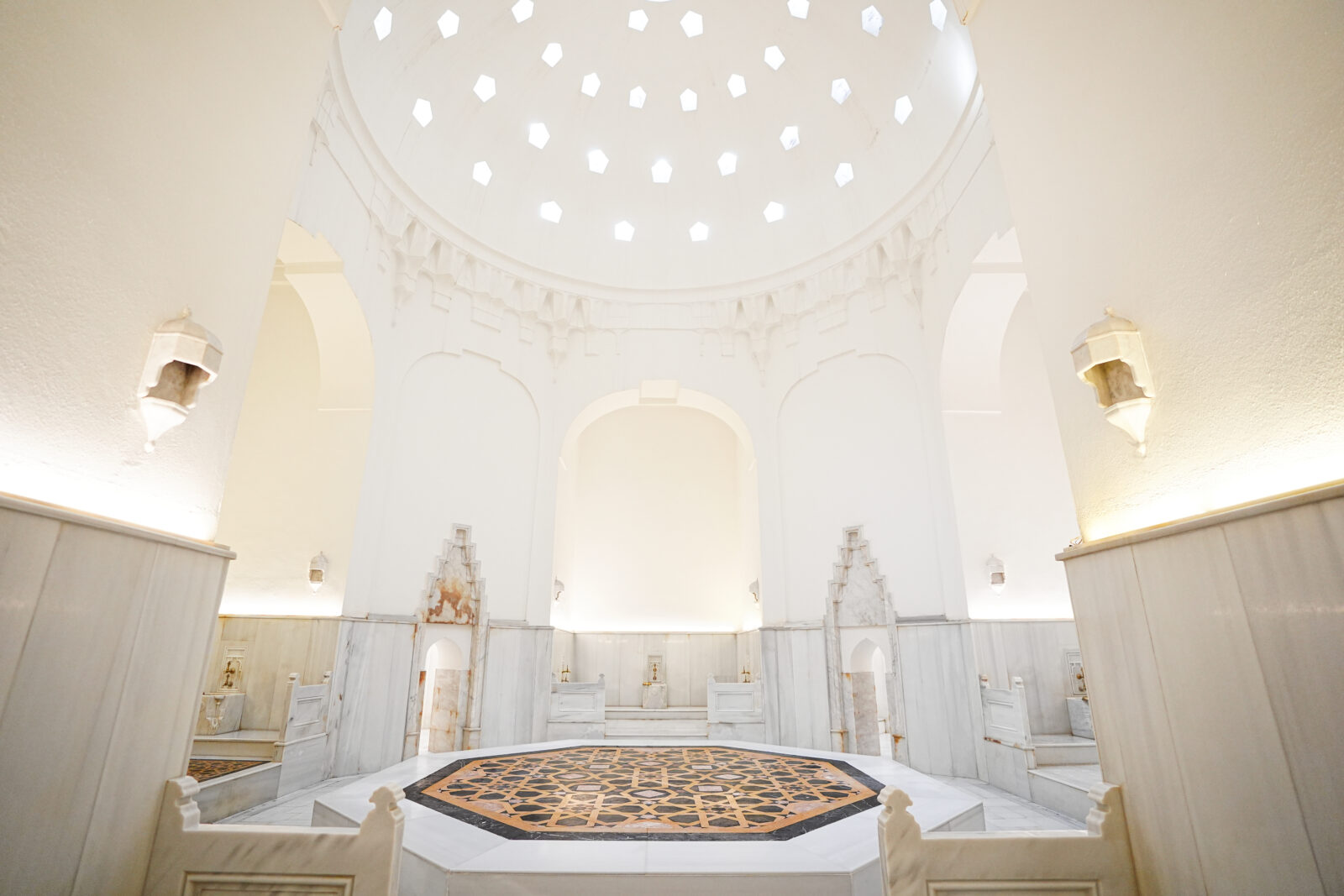
The role of social media in promoting the Turkish bath experience cannot be underestimated. Nihat Katipzadeler, a board member of Istanbul's Hurrem Sultan Hammam, notes, “Young people have started to see content about Turkish baths more frequently on social media platforms.”
Tourists and locals sharing their hammam experiences on platforms like Instagram and YouTube are helping to broaden the appeal of this cultural practice.
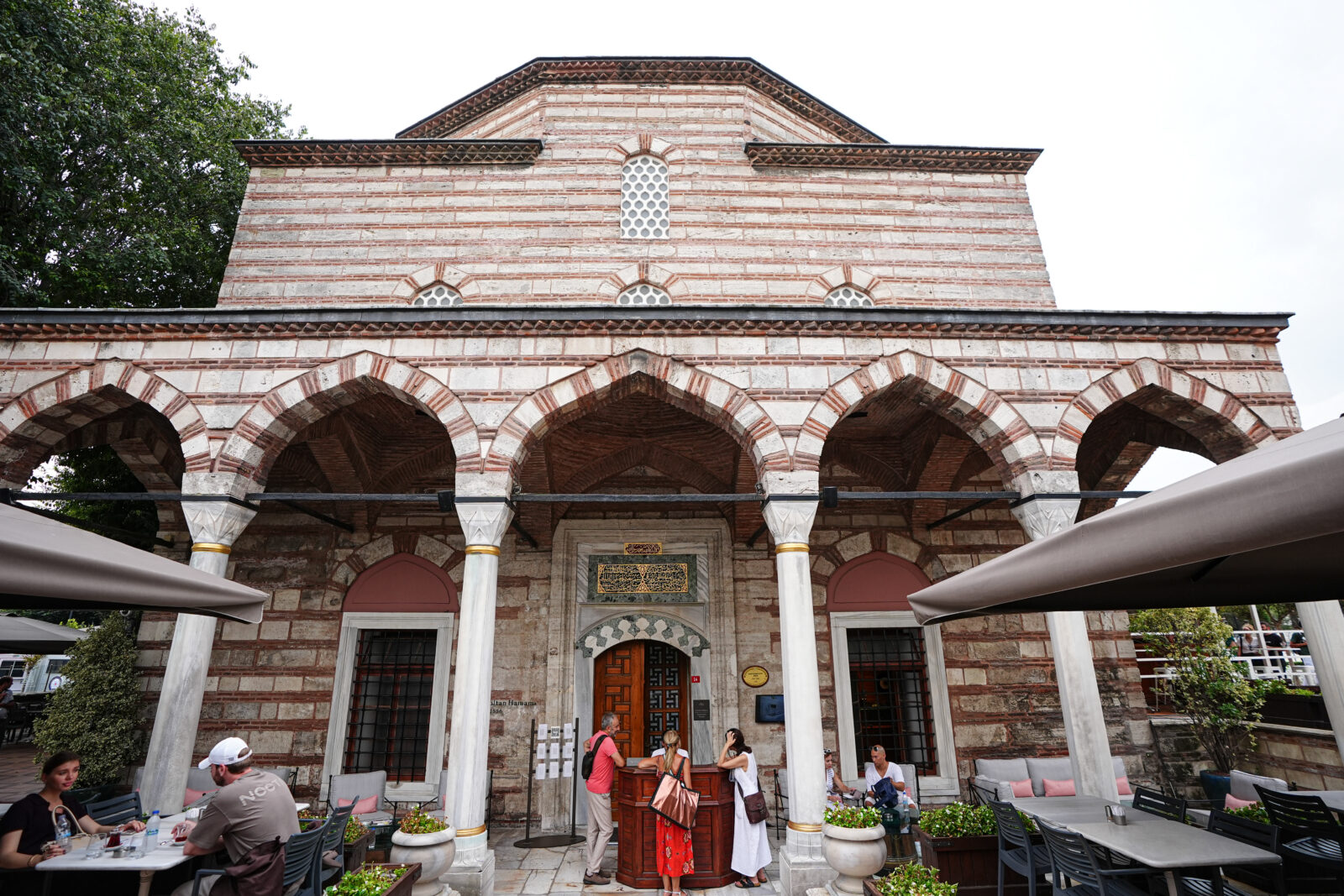
Hammams have become major attractions for international visitors. “All the hammams are definitely full,” Kurumlu observes, mentioning that both renowned historical baths and smaller bathhouses are bustling with activity.
“We definitely need more hammams,” she adds. Katipzadeler agrees, emphasizing that the blending of traditional practices with modern wellness trends is key to attracting both domestic and foreign guests.
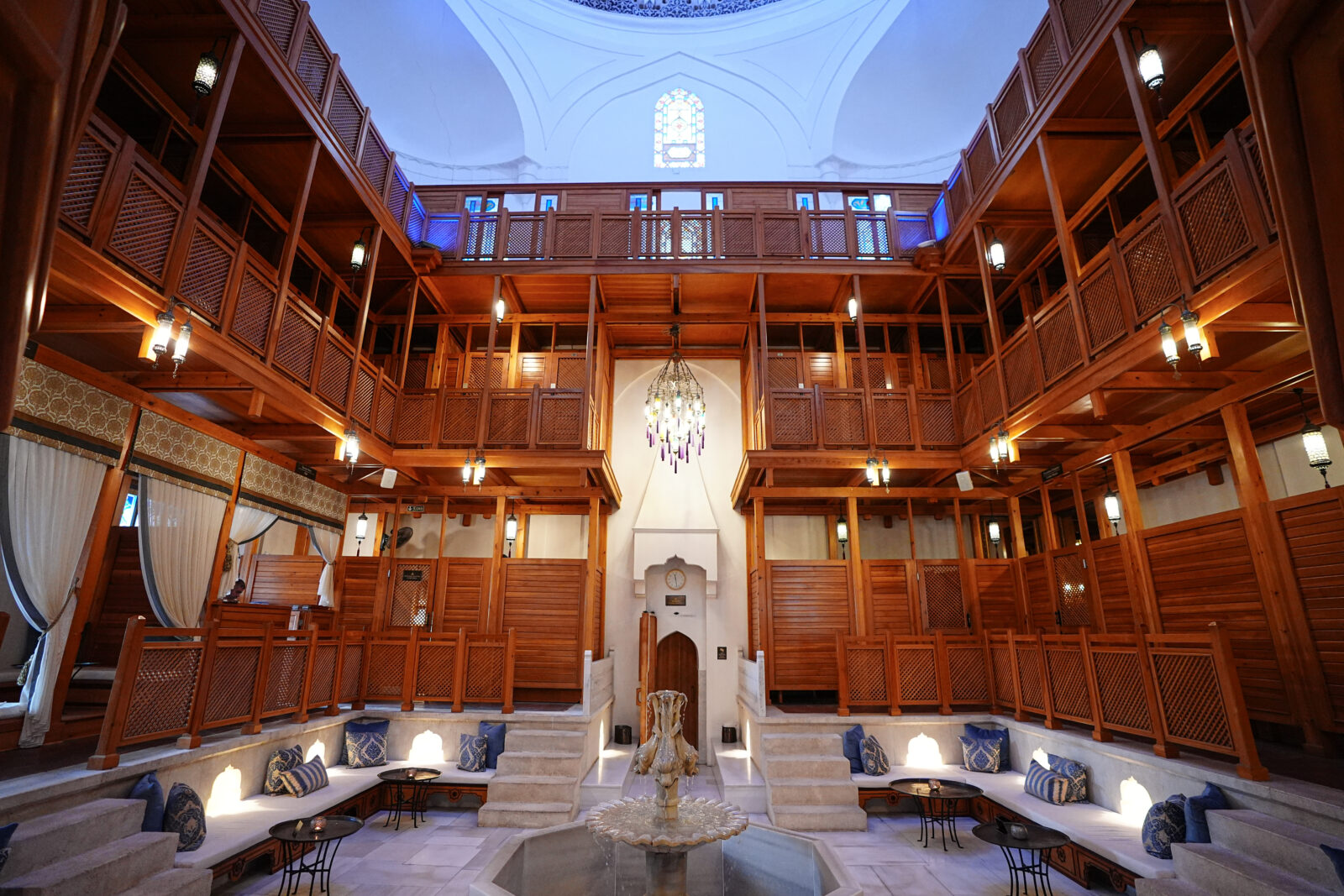
The history of Turkish hammams spans centuries and is deeply rooted in various civilizations that utilized public bathhouses. “Before Turkish baths existed, there were Roman baths,” Kurumlu explains.
The tradition has evolved, with the Ottomans infusing unique cultural elements, particularly during the 16th century under Sultan Suleyman’s reign, when the golden age of hammams flourished.
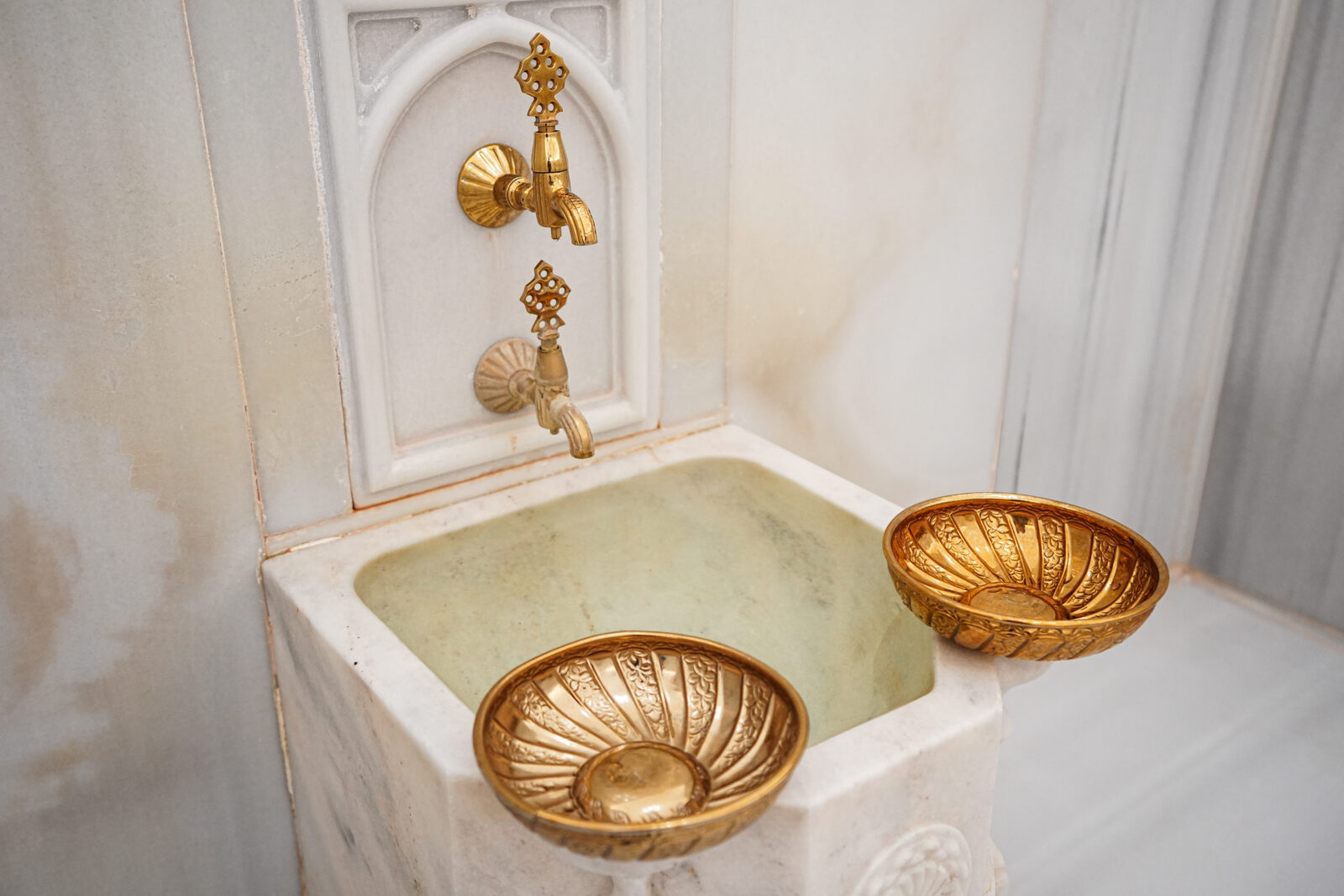
The 20th century introduced challenges for hammams. The advent of indoor plumbing in the 1950s significantly reduced the need for public baths.
“By the 1950s, plumbing became available in homes, diminishing the necessity for public baths,” Kurumlu points out. Additionally, changing perceptions led some to view hammams as unhygienic, further contributing to their decline.

Despite these challenges, Kurumlu remains optimistic about the future of hammams. New establishments are “popping up” in Istanbul, often featuring modern interpretations of the traditional concept. “I believe within the next 20 years, we will see more hammams as people recognize their health benefits,” she asserts.
Katipzadeler adds that the benefits of hammams – such as skin cleansing, detoxification, and muscle relaxation – will become increasingly important for those seeking an escape from modern life's stress. “The rapid rise of the healthy living and wellness trend may significantly enhance the future of Turkish baths,” he concludes.